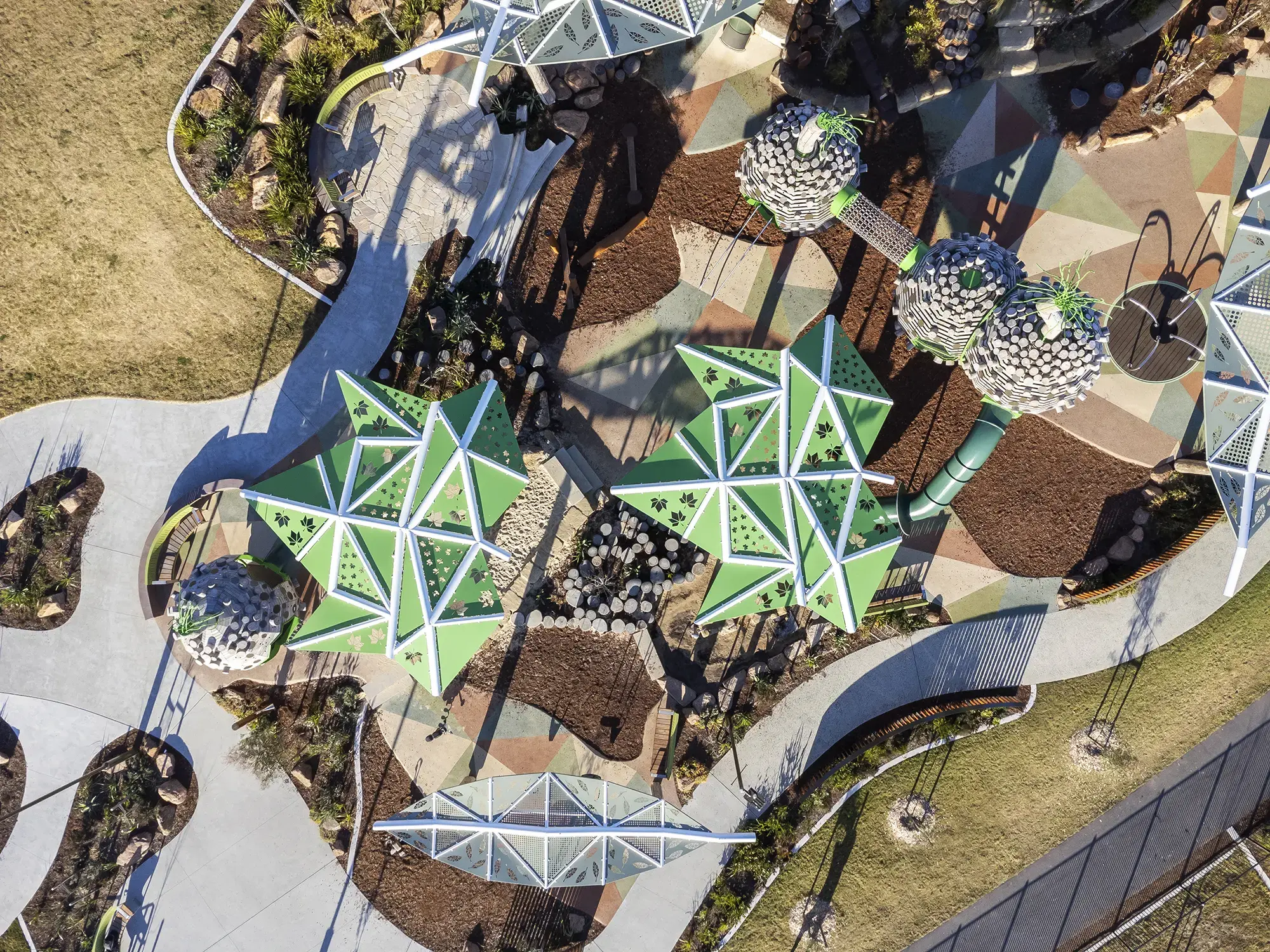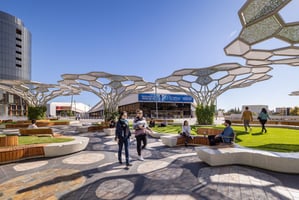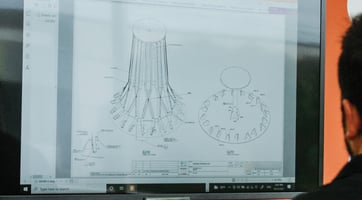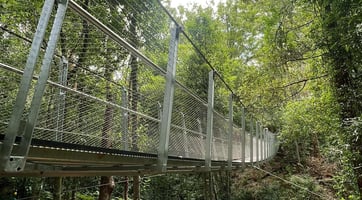The urgent need for 'Sun Smart' Play Design
Australia may be heading into winter. But the harsher warmer months are always top of mind for the design team at FORGE (formerly Fleetwood Urban) as we explore in this article.
Yes, things are changing—and that’s great to see. But with our crews visiting dozens of LGAs and communities each year, we still come across many playgrounds full of imaginative structures and creative opportunities for play, yet with limited shade—whether natural or built. It’s a reminder that sun safety, while increasingly prioritised, remains an evolving challenge in public play spaces.
We all know sun safety is a big deal in Australia—and for good reason. With 2 in 3 Australians likely to be affected by skin cancer at some point in their lives, ensuring adequate shade in new or refurbished playgrounds isn’t just good design, it’s a public health essential. Especially when we consider that UV exposure during childhood significantly increases the risk of long-term health issues.
The Ian Potter Children’s Wild Play Garden, NSW
Integrated shade solutions are the only way forward
We want kids to be active outdoors. But we also want them to be safe. That’s where shade design principles (along with heat mitigation) come sharply into focus, something we always consider as a key part of the design process at FORGE (formerly Fleetwood Urban). Rather than being treated as little more than an afterthought, solved with the addition of some hastily retrofitted shade sails, it’s about asking how can shade be more seamlessly integrated into the wider design vision itself?
Ruth Park Playground, Coombs ACT
19% of NSW playgrounds have zero shade
Perhaps you think we’re overstating the problem here? Well, as recently as late 2022, the Cancer Institute of NSW released a comprehensive study to benchmark shade in NSW Playgrounds. Based on a combination of online audits and real-world site visits, the study looked at 2,592 community playgrounds across 91 LGAs. Alarmingly, it found 19% of the playgrounds - 504 - had no shade. Put another way, almost one in 5 playgrounds offered nothing to help protect Aussie youngsters and their families from UV radiation. That really surprised us. It surprised the Cancer Institute of NSW too, who made a series of urgent recommendations.
“The Institute recommends a combination of built and tree shade in every playground, covering at least 70% of the play equipment and nearby seating, including 45% of tree shade, to reduce children and caregivers’ overexposure to UV radiation.”
Summary Report of Benchmarking Shade In NSW Playgrounds (2022)
Cancer Institute of NSW
Left: Casuarina Park at Woodbury, QLD | Right: Billubera Park, Yarrabilba, QLD
Innovation in Shade Design
One of the Cancer Institute of NSW’s more specific recommendations was to ‘Adopt Design Innovation.’ Included in this are opportunities to explore novel design approaches where play equipment doubles as shade structures, as well as the inclusion of public art designs that incorporate shade in an aesthetic way. The study also identified the opportunity to incorporate textile innovations for shade structures that provide enhanced durability, UV protection and greater cooling effects, including kinetic shade structures that move with the sun, to provide protection relative to the time of the day and year.
Blacktown Exercise, Sports and Technology Hub (BEST), NSW
Becoming 'students' of shade
Wherever possible, shade studies can be very helpful early on in a project, allowing design teams to identify the most suitable sizes, shapes and aspects for structures to maximise everything from a site’s natural typography, sun paths and shade opportunities, to capturing prevailing breezes. Just as important, of course, is thinking critically about controllable variables like materiality, ground coverings and planting palettes.
Sometimes the answer is to create separate shade structures from scratch. But on many occasions fantastic results can be achieved by thinking more deeply about the hero play structures themselves - which often reach high into the sky, and hence offer plenty of shade potential - and finding clever ways to incorporate shade elements into them. Making a few design tweaks might help to provide significantly more shade, often without incurring significantly more cost. Because shade is incorporated directly into the main design, the results can also be as visually pleasing as they are ‘sun smart’.
As an industry, we still have some way to go when it comes to building sun safety into our playgrounds and greenspaces. If you’re keen to explore the possibilities, let’s talk.








